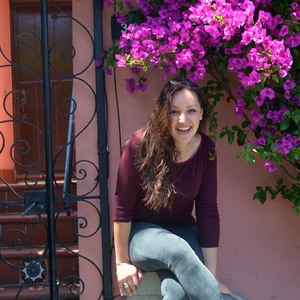Zacharia Degulio might seem like just another typical Princeton student. On the surface, he’s just a vegan Civil Engineering major and a member of Princeton’s cycling club. What you might not know, though, is that he’s also a professional barista at Rojo’s Roastery, one of the best coffee shops Princeton has to offer.
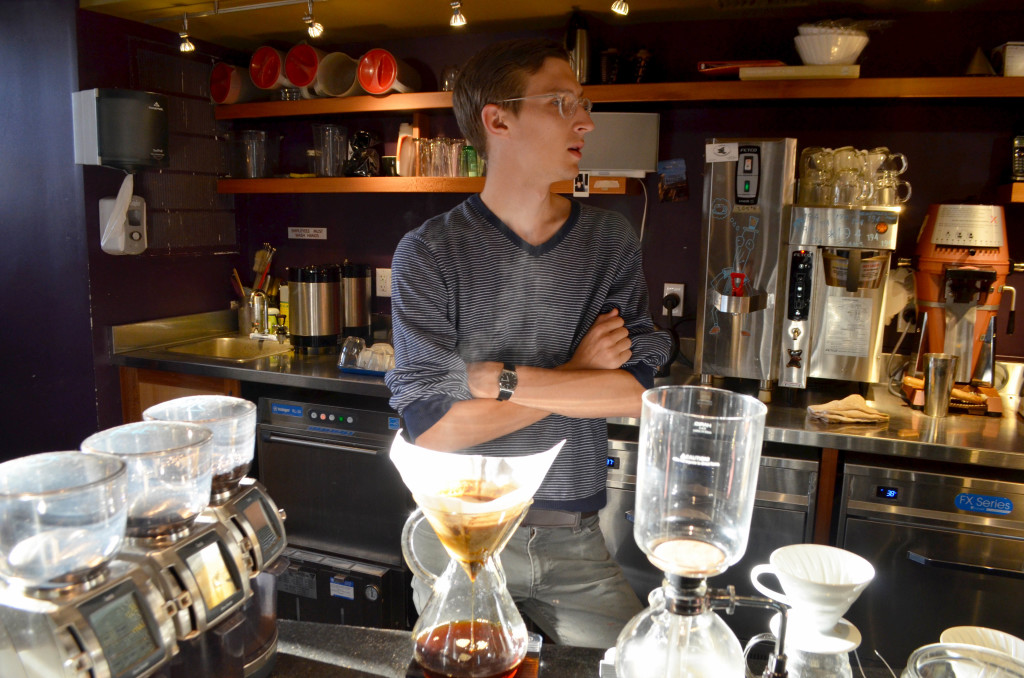
Photo by Lara Norgaard
Basically, that means Zak is a barista batman: student by day, undercover barista-latte-art-badass on the side. It’s a very uncommon combination for a Princeton student, so I asked Zak to meet me in Rojo’s Roastery late one Saturday afternoon. He brewed us a large Papua New Guinea Chemex, and I got to hear his highly-caffeinated story.
Now, so do you.
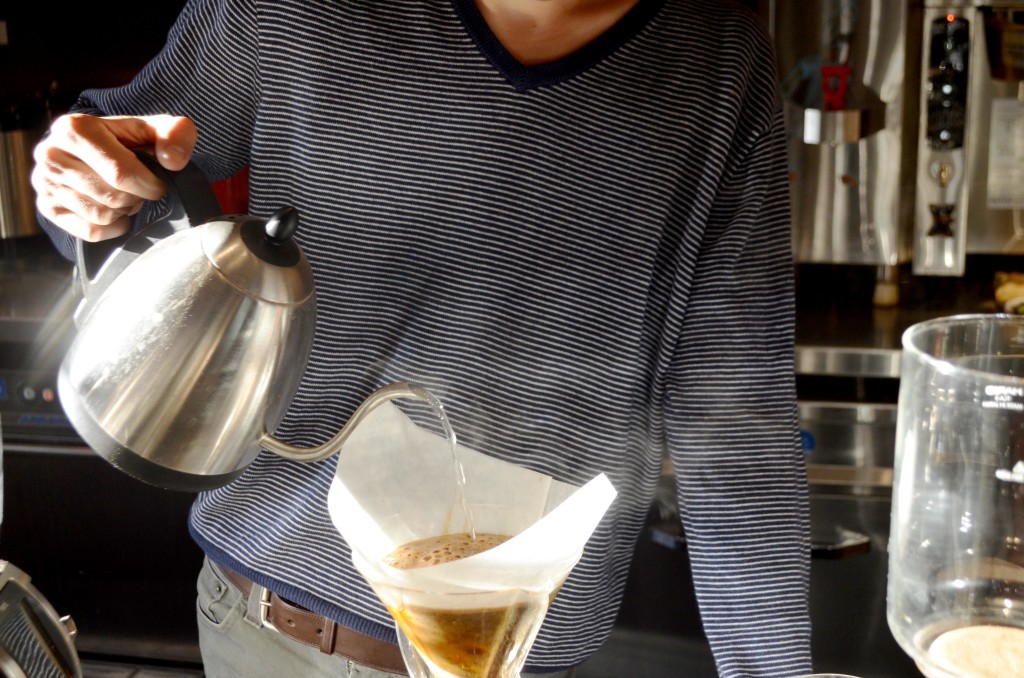
Photo by Lara Norgaard
Spoon: How did you end up becoming a barista? When did you start?
ZD: So I was working at a really tiny, stereotypical neighborhood-y coffee shop in Clinton, New Jersey called Riverside Coffee and Tea. It was sophomore year of high school and I just liked the idea of working at a coffee shop, but I had never had coffee when I first started working there.
Spoon: That’s crazy, what did you think of coffee when you first tried it?
ZD: I remember the first time I made myself a cappuccino. It was so much caffeine I was bouncing off the walls, and it was also just absolutely disgusting.
Spoon: Was it the taste that was disgusting, or how you made it?
ZD: The taste. Also how I made it. It was like a 16 oz coup of just foam.
Spoon: So how did you come to work at Rojos during college?
ZD: I went to the one in Lawrenceville and said, “hey, heard you were opening up a store in Princeton. I really like what you’re doing. Can I have a job?”
Spoon: And what did they say?
ZD: They said they’d think about it. I remember sending them one of my college application essays about working in a coffee shop. I guess it impressed them enough to let them hire me.
Spoon: Did you have to train at Rojos for a while?
ZD: Yeah, I was just cashier and pour-over-guy until I took a year off. I moved to Portland. And I don’t think I learned that much when I moved there. I was working at a café there that, for Portland’s standards was pretty standard, but was way better than anything else on the East Coast. I guess that gave me street cred to come back to Rojos. I did my “drink test” and I passed, so I was an official barista.

Photo by Lara Norgaard
Spoon: And now here we are. What’s your favorite kind of coffee?
ZD: Ethiopia. Ethiopia is the birthplace of coffee, and so each subsequent movement of the coffee plant to different regions happened with only maybe one or two varietals. Those are from the same coffee plant, but different strains will give you a different flavor, more or less beans will grow on the trees, they’ll be bigger or smaller in size, and they’ll grow faster or slower. So take Colombia, which everyone is very enamored by: there’s only two or three different varietals, whereas with Ethiopia there’s so many different ones that people don’t know the full extent of what flavor potential there is.
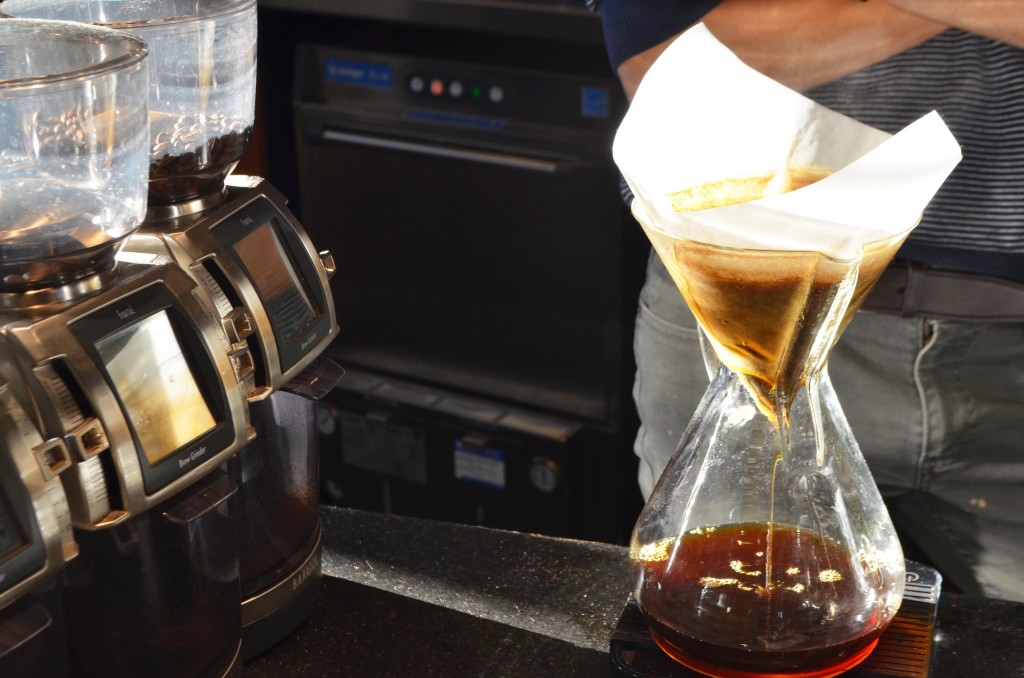
Photo by Lara Norgaard
Also, the processing methods for coffee in Africa are a little bit different. They use a little bit more water, which sucks from an environmental perspective, but the way they ferment the outside of the coffee bean can give you some really wacky acidic flavors that can sometimes turn out really delicious. Fruity and almost desserty.
I also really like this coffee shop called OQ in Highland Park. This is the first place I’ve heard of people doing ths but apparently they do it at other places. They’ve been aging their green, unroasted coffee in rum barrels. So you get this liquor-y taste when you’re brewing it and it’s delicious. You can’t really drink too much of it because it’s super rich and savory.
Spoon: How do you like to drink your coffee once you have a bean in mind?
ZD: It just depends on my mood. Sometimes I’ll be in a phase where I really like French Presses and I really like the body and oil associated with that. Sometimes I’ll really like the clean cup that comes out of a Chemex.
Spoon: As a vegan, how do you feel about soymilk and almond milk in coffee?
ZD: I’ve tried a lot of different ones but it just doesn’t work right. The way that steaming milk works is that you have fats that help emulsify the milk, giving the drink a really smooth taste. You just really can’t replicate that with soy or almond milk without the addition of a million different chemicals. I don’t really like the way just soymilk tastes – it really layers the drink and makes it cardboard-y. It’s also hard to make latte art with!
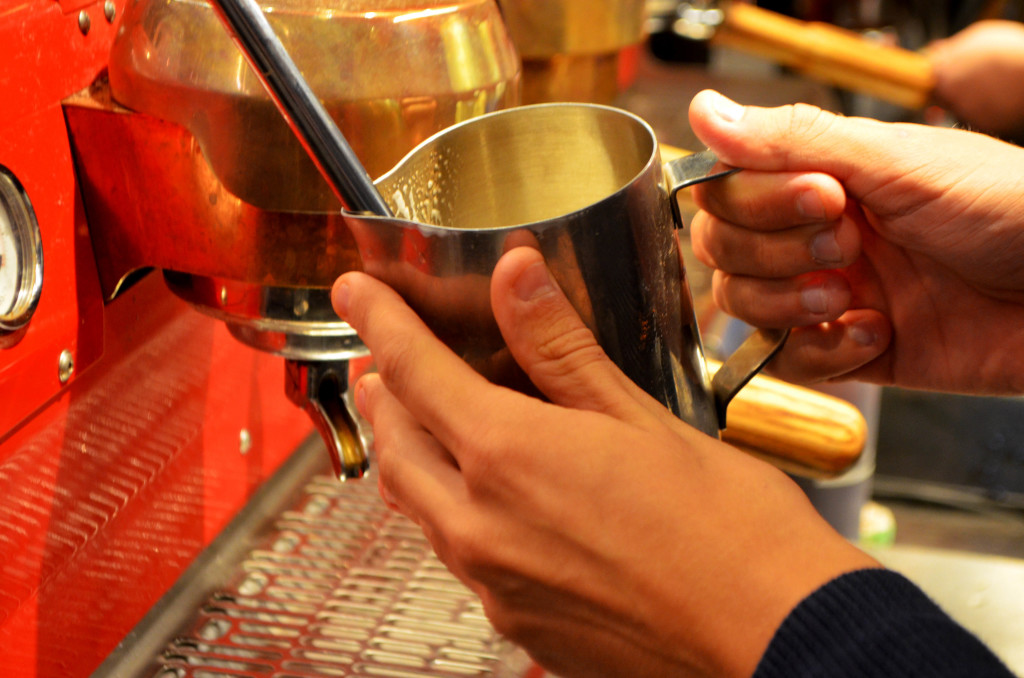
Photo by Lara Norgaard
Spoon: And you’re really good at latte art.
ZD: I’ve actually been reading about this, and the way most people pour latte art actually messes with the taste and consistency of the drink. When you pour directly in, you’ll get a ring of espresso on the outside and the milk just kind of stays in the middle and below the espresso.
Spoon: So how do you not mess it up?
ZD: Well, they figured out one method on blind tests, which you have to do because the latte art will definitely affect the way people taste. One way is if you just pour a little bit of milk in and mix it around with the espresso first, just to get it evenly mixed in, and then start doing your latte art. But it’s really hard because when you pour a little milk in it’ll make the overall color lighter, so the contrast is not as strong.

Photo by Lara Norgaard
Spoon: Where do you learn all of these things?
ZD: Through Rojos, and then I also read a lot of blogs. There’s this one guy who does this weekly newsletter thing called Barista Hustle that’s really awesome. He started last year and just every week he’s been going through different scientific concepts associated with coffee. And then there’s this website called Sprudge that just has a lot of coffee news and tidbits.
Rojo’s Roastery is located on 33 Palmer Square West, Princeton, NJ, 08542. They’re open Monday through Wednesday 7am – 6pm, Thursday and Friday 7am – 8:30pm, Saturday 8am-6pm, and Sunday 9am-6pm.
To keep learning tricks of the coffee trade, check these out:


